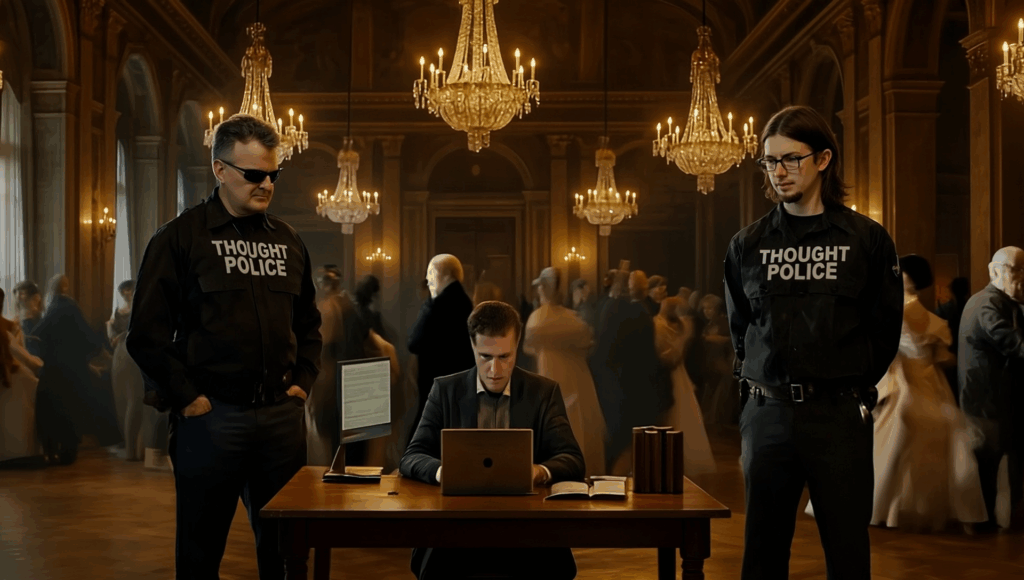
From its opening moments, Danse Macabre signals that it is not a conventional release. Transgalactica transforms Saint-Saëns’ iconic waltz into something uncanny yet playful, using synth-driven textures to replace what would traditionally be handled by strings or percussion. This approach makes the track feel otherworldly, as though classical music has been refracted through a futuristic lens. The waltz rhythm remains intact, but the soundscape leans toward atmospheric layers and electronic tones that give it a distinct personality.
The arrangement highlights how carefully the band balances structure with freedom. Incorporating a bridge adapted from Bach’s Christmas Oratorio provides a surprising lift, contrasting the darker themes with something bright and elegant. Around these melodies, subtle pulses and synthetic flourishes maintain the tension. It is both a nod to tradition and a deliberate step away from it, proving that reinterpretation can feel inventive rather than derivative.
Lyrical content further distinguishes the piece. Instead of retelling Saint-Saëns’ dance of death literally, Transgalactica shifts focus to the flaws in human thinking. Drawing on ideas from Steven Pinker, the song recites logical fallacies that distort perceptions of progress and well-being. This choice transforms the track into something more philosophical, questioning the way people view the world and inviting them to reconsider their assumptions.
In live performance, Danse Macabre thrives on its theatricality. The pulsing waltz rhythm creates a sense of movement that draws an audience into its orbit, while the words land with a mixture of seriousness and irony. By combining historical references, electronic reinvention, and sharp social commentary, Transgalactica has built a song that feels at once timeless and firmly contemporary.
